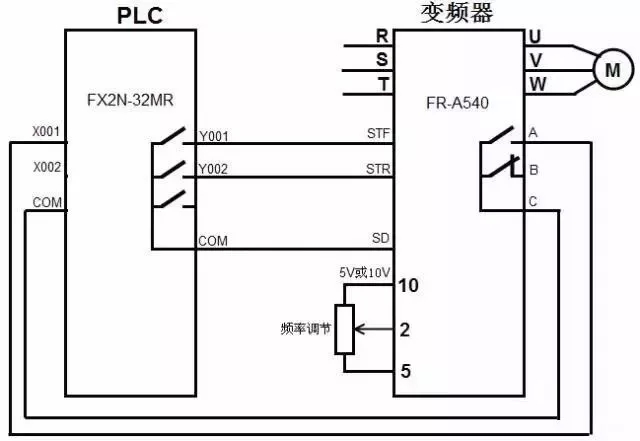August 25, 2021
3035
An open circuit of the inverter's braking resistor will affect the braking of the driven mechanical load of the inverter. Because the braking resistor is open, the electric energy loaded on both ends of the braking resistor cannot be released at this time, which is equivalent to not having this braking function.
Here is a brief introduction to the function of the inverter's braking resistor. The braking resistor is also commonly known as the braking resistor. What is the function of the braking resistor of the inverter? When the motor driven by the inverter is stopped, the driven motor cannot stop rotating in time due to inertia. At this time, the motor is equivalent to a generator, and the electric energy generated by the generator will be applied to the module inside the inverter, which will affect The module of the device is damaged or destroyed, and the braking resistor is used to consume this part of the electric energy.
★Under normal circumstances, if the output power of the inverter is below 7.5KVA, the braking resistor is installed inside the inverter (built-in); for the inverter with a power greater than 7.5KVA, the braking resistor is basically external. For example, the braking resistor of several hundred watts of Delta frequency converter also needs to be external.
Inverter braking resistor is selected according to output power, braking time and braking times. Including the resistance value of the braking resistor and the power of the braking resistor; for example, the external braking resistor of the 5.5KVA frequency converter requires its resistance value to be ≥22Ω, but the power of the braking resistor is 800W (watts), so the volume of the high-power resistor It is large, and it will generate a lot of heat when it works, so it cannot be directly connected to the inverter. When installing it, fully consider its heat generation and keep it away from the inverter.
If it is a 55KVA inverter, the braking resistor power is 5.5KW×2 two resistors in series, so its power is 11KW, and the recommended braking resistor resistance value is ≥5Ω×2. It also needs to use a professional heat-dissipating axial fan for forced heat dissipation, and the connecting wires at both ends are temperature-resistant wires.

Generally, PB and (+) are the connecting terminals of the external braking resistor. When connecting the braking resistor, there is no difference between the positive and negative poles. The cross-sectional area of the wire is enough to connect the wire to the two points between them. In addition, for the braking resistor, enter the function code to set the DC braking time and the DC braking waiting time at stop.
★Generally, the open circuit of the braking resistor is caused by the low power of the braking resistor and the poor heat dissipation of the braking resistor.
When the braking resistor is braking, almost all the regenerative energy of the motor is consumed in the braking resistor. Here is a calculation formula: U×U/R=Pb, U is the voltage for stable braking of the system, (different system U values Different, 380Vac system generally takes 700V), Pb is the power of the brake resistor.